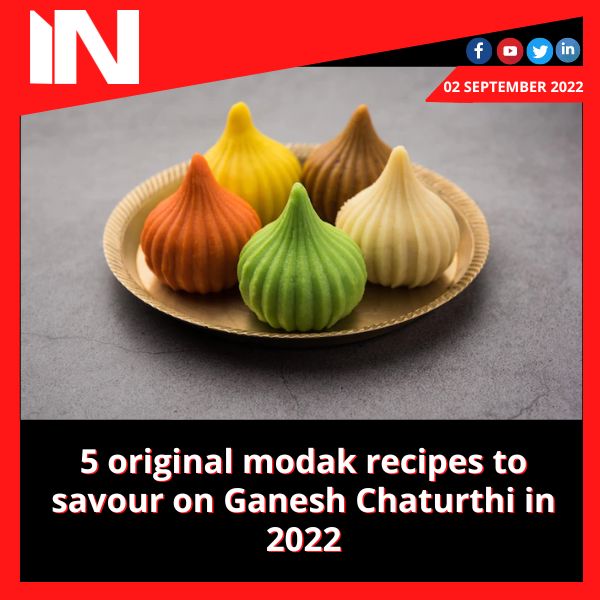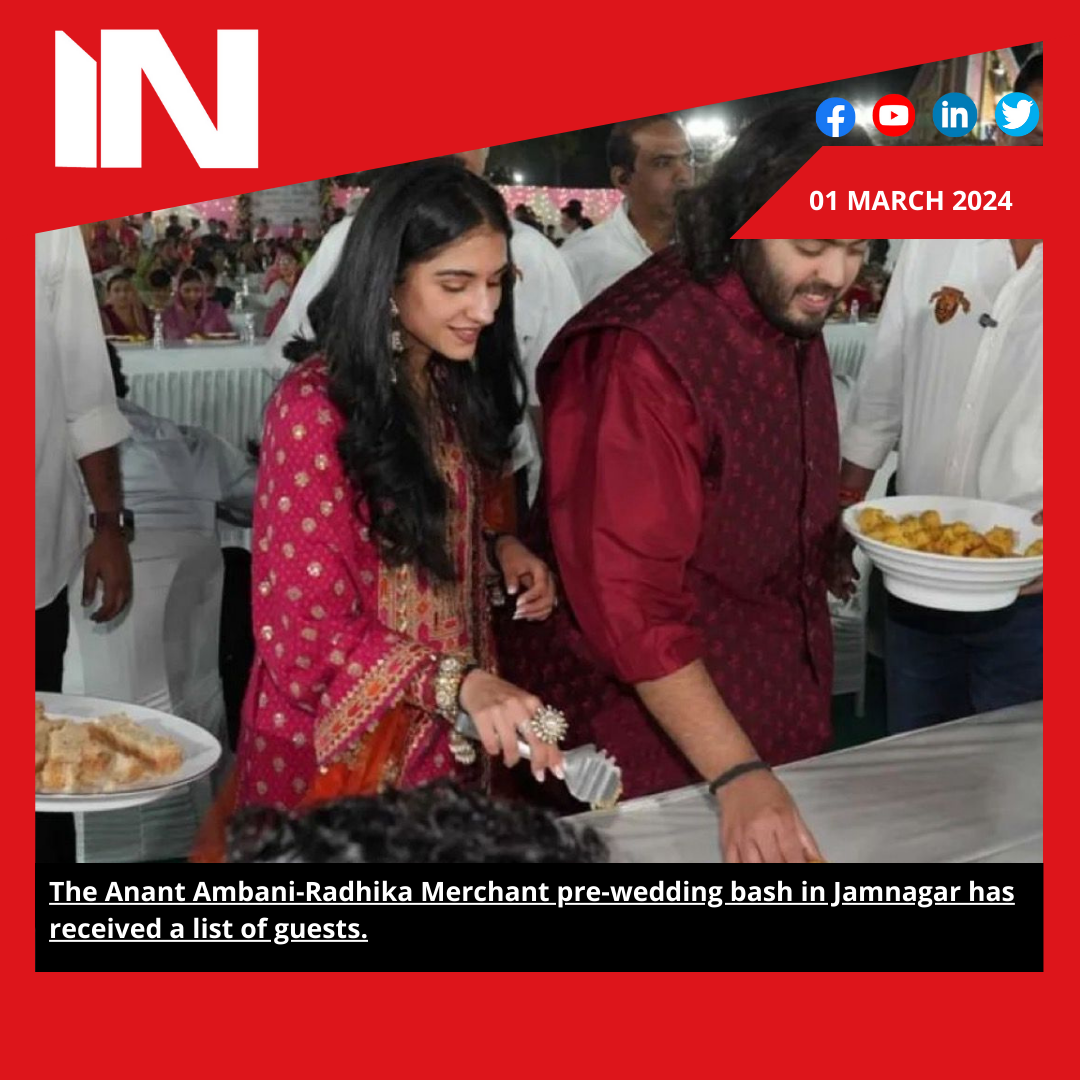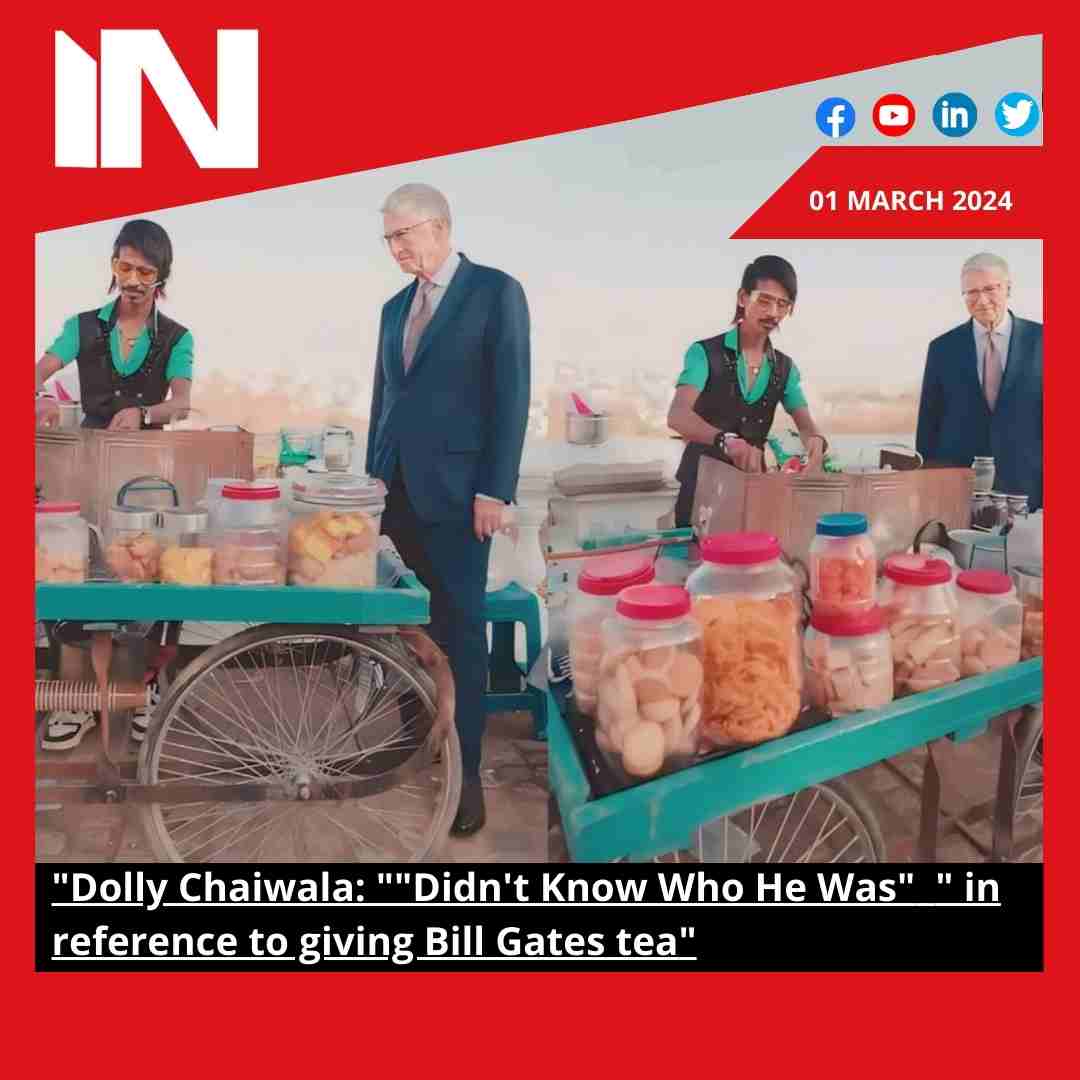Food
5 original modak recipes to savour on Ganesh Chaturthi in 2022

In the year 2022, Ganesh Chaturthi will be celebrated for ten days beginning on August 31. During this time, modaks, Lord Ganesha’s favourite dessert in a variety of flavours, can be enjoyed. The thrill of eating modaks, which are thought to have originated in the state of Maharashtra, is the same regardless of their various names, including mothagam, kozhukattai, modhaka, kadubu in Kannada, and kudumu. The ingredients and cooking techniques may differ slightly as well.
There are several creative modak recipes that may be manufactured with the aid of modak moulds that are readily available in the market. Ukadiche modak, the most popular modak, is formed with rice flour and filled with coconut and jaggery before being steamed. There is a modak for everyone, whether you favour the flavour of chocolate, other Indian sweets like rasmalai, or lots of crunchy nuts in your dessert.
Here are some suggestions from Chef Suresh, Executive Chef at Clarks Exotica, if you’re seeking for original modak meals to try during the ongoing Ganeshotsav.
1. Ingredients for CHOCOLATE AND CARAMEL MODAK
1 cup of desiccated coconut
1 cup caramel
1/2 cup chocolate chips
2 tablespoons ghee
1/4 cup sugar
Method
– Add 2 tablespoons of ghee to a nonstick pan and melt it.
– Add the desiccated coconut and dry roast it without burning it for a few minutes.
– Melt the caramel, add the toasted desiccated coconut, add the chocolate chips, and stir everything together.
– Move the mixture to a different plate and let it to cool.
– Switch off the heat and give the mixture some time to cool.
Make a smooth dough by kneading the coconut and caramel mixture with a little ghee on your palm. As needed, divide the dough into equal sections.
– The mixture can be placed in any shape in the mould.
2. Ingredients for ORANGE MODAK
One cup of khoya
1/4 cup milk
1/4 cup of orange reduction
3/4 cup sugar
Milk, 1/4 cup.
12 cup milk powder
1/4 cup cashew nuts
1/4 cup coconut powder
Method
– Heat the milk and khoya in a heavy-bottomed pan over a low temperature, stirring constantly, until the khoya melts to the appropriate consistency.
– Transfer it to a plate and reserve it.
– Add sugar and orange reduction to the same pan. Mix and stir continuously while cooking on low heat until the mixture thickens into a super-thick pulp and coats the back of a spoon.
– Stir together the cooked khoya, milk powder, and coconut powder in the orange reduction.
– Continue cooking and stirring. The mixture will thicken and resemble a dough after 8 to 10 minutes, at which point it will leave.
– Take it off the heat and place it aside to cool to room temperature.
– After that, we can form it into the necessary shapes and sizes.
3. A MODAK WITH COFFEE AND NUTS
Ingredients
1/2 cup walnuts
Bru instant coffee, 2 tablespoons
1/2 cup cashewnut powder
One cup of khoya
Cinnamon – 1/2 cup
3/4 cup sugar
Method
– Add walnuts to a nonstick pan and lightly toast them, keeping them separate.
– Add khoya to a nonstick pan and melt it over a low temperature.
– To achieve the appropriate consistency, combine sugar, cashew nut powder, bru instant coffee, walnuts, and raisins.
– Move the mixture to a different plate and let it to cool.
– Switch off the heat and give the mixture some time to cool.
We may mould the mixture into the necessary shapes and sizes after it is ready.
4. Components of ROSE GULKAND MODAK
One cup of khoya
Rose syrup: 2 tablespoons
1 cup Gulkand
3/4 cup sugar
1/4 cup coconut powder
1/4 cup cashew nuts
Method
– To make the stuffing, mix all the ingredients together thoroughly. Keep apart
– On a low flame, heat a heavy bottom pan.
– Stirring continuously for a minute after adding the mawa will cause it to melt.
– After it melts, whisk in the powdered sugar, cashew nuts, and coconut for another minute.
– Add rose syrup when the mixture begins to leave fat in the pan and continue cooking until the mixture begins to pull away from the edges of the pan. Once done, set the mixture aside.
When the mixture is at room temperature, add the rose gulkand. When the stuffing is finished, gently knead it into the dough.
It can then be prepared for use by placing it inside the mould in the correct shapes and sizes.
5. The components of RASMALAI MODAK
1 cup milk powder
Cashew nut powder – 1/3 cup
Indian paneer, one cup
1 tablespoon of rose petals
1/3 cup pista
3/4 cup sugar powder
Few drops of rose essence
Method
– Place crumbled malai paneer in a mixing jar, form a fine paste, and set it aside.
– Place the malai paneer mixture in a heavy-bottomed pan over low heat. Once the paneer begins to melt, add the pista, powdered sugar, cashew nut powder, and rose water. Cook the mixture on a low flame until it reaches the desired thickness.
– Remove it and place it on a different plate to cool for a short while.
The mixture can be placed on a mould in the desired shapes once it has warmed up.
Group Media Publications
Entertainment News Platforms – anyflix.in
Construction Infrastructure and Mining News Platform – https://cimreviews.com/
General News Platform – https://ihtlive.com/
Legal and Laws News Platforms – https://legalmatters.in/
Podcast Platforms – https://anyfm.in/
Lifestyle
Navratri 2023: 8 great advantages to eating sattvik cuisine while fasting
Navratri, a vibrant and spiritually significant festival, is celebrated with fervor across India. During this period, many people observe fasting and turn to sattvik cuisine to nourish their bodies and souls. Sattvik cuisine is characterized by its purity, simplicity, and focus on natural, plant-based ingredients. In this blog, we’ll explore the numerous advantages of consuming sattvik food during Navratri fasting.
- Spiritual Upliftment
Sattvik cuisine is an integral part of the spiritual practices during Navratri. The pure, simple, and natural ingredients in sattvik food are believed to help cleanse the body and mind, promoting a sense of purity and spiritual upliftment.
- Increased Vitality
Sattvik foods emphasize fresh fruits, vegetables, nuts, and dairy products. These ingredients are nutrient-dense and provide the body with essential vitamins and minerals, offering increased vitality and energy during fasting.
- Enhanced Digestion
The sattvik diet is easy to digest and light on the stomach. It includes foods such as sabudana (tapioca pearls), fruits, and root vegetables, which are gentler on the digestive system, helping to maintain overall well-being during fasting.
- Balanced Nutrition
Sattvik cuisine aims to strike a balance between various food groups, providing the body with a well-rounded nutrition profile. This ensures that fasting individuals receive all the necessary nutrients to stay healthy.
- Mental Clarity
The purity and simplicity of sattvik food are believed to have a positive impact on mental clarity and focus. It is thought to help reduce distractions and promote a peaceful state of mind, which is conducive to spiritual reflection and meditation.
- Detoxification
Sattvik cuisine often involves avoiding processed foods, excess spices, and stimulants. This helps the body detoxify, eliminating toxins and promoting overall health during the fasting period.
- Reduced Inflammation
The sattvik diet predominantly consists of anti-inflammatory foods such as fresh fruits, vegetables, and herbs. This can help reduce inflammation and promote a sense of well-being.
- Holistic Wellness
Ultimately, the advantages of sattvik cuisine during Navratri fasting extend beyond physical health. The focus on purity and simplicity promotes a holistic sense of wellness, addressing the spiritual, mental, and emotional aspects of an individual’s life.
Navratri is a time for introspection, devotion, and fasting, and sattvik cuisine aligns perfectly with these principles. The advantages of eating sattvik food during this period go beyond physical health and nourishment, extending to mental clarity, spiritual upliftment, and holistic well-being.
For those observing Navratri fasting, embracing sattvik cuisine can be a meaningful and enriching experience, providing a path to deeper spiritual connection and a sense of rejuvenation. Whether you choose to fast during Navratri or simply wish to explore the benefits of sattvik cuisine, the principles of purity, simplicity, and natural ingredients can contribute to a healthier and more balanced life.
Group Media Publications
Entertainment News Platforms – anyflix.in
Construction Infrastructure and Mining News Platform – https://cimreviews.com/
General News Platform – https://ihtlive.com/
Podcast Platforms – https://anyfm.in
-

 Bollywood1 month ago
Bollywood1 month agoAishwarya Rai maintains her stunning appearance in a new L’Oreal ad.
-

 health and remedies1 month ago
health and remedies1 month agoThe article discusses the potential health risks associated with swallowing dry ice
-
.jpg)
.jpg) Music4 weeks ago
Music4 weeks agoSidhu Moosewala’s father and baby brother feature on Times Square billboard; fans react. Watch
-

 Entertainment2 months ago
Entertainment2 months agoThe Anant Ambani-Radhika Merchant pre-wedding bash in Jamnagar has received a list of guests.
-

 Trending2 months ago
Trending2 months agoDolly Chaiwala: “Didn’t Know Who He Was” in reference to giving Bill Gates tea
-

 Bollywood3 weeks ago
Bollywood3 weeks agoThe phrase “female-led projects” annoys Bhumi Pednekar. “It disgusts me deeply.”
-
Bollywood2 weeks ago
Rasha, the daughter of Raveena Tandon, discusses how trolling affects her: “I think in processing it, feeling bad for a bit.”
-

 Trending2 months ago
Trending2 months agoOppo Reno 12 Pro Key Features Leak Online: Expected to Receive a 1.5K Display with a Density 9200+ SoC




.jpg)
%20(1).jpg)
%20(1).jpg)
%20(1).jpg)
%20(1).jpg)
%20(1).jpg)





